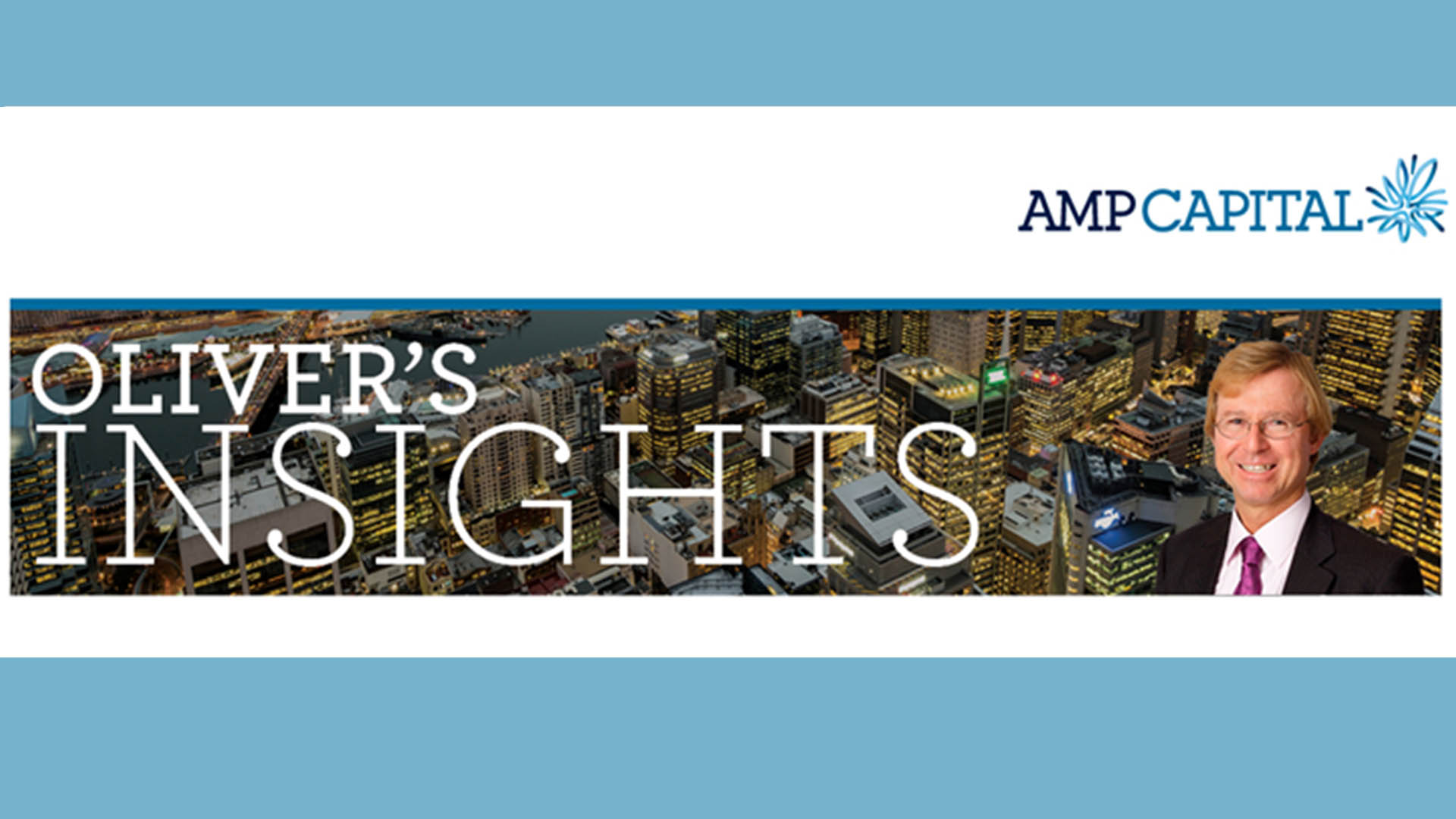The Reserve Bank is expected to lift the cash rate by another 0.25% at its March meeting today, even though there is clear evidence the economy is slowing and consumer spending and incomes are weakening.
Almost all economists reckon there will there will be a rate rise – Moody’s says it will be a quarter of a percentage point, as does the AMP’s Chief Economist, Shane Oliver.
No one is really saying it will be half a per cent.
When the business-dominated board of the central bank does agree to a rise, it will take the cash rate to 3.6% in the 10th rise since last May, which is the fastest rate of increases ever from the RBA.
Moody’s economists wrote at the weekend “Biting-high inflation will force the central bank’s hand. Still, it is clear the tightening cycle is having its desired impact; retail sales are retreating, unemployment is slowly lifting, and the CPI eased a full percentage point to 7.4% year on year in January.”
“On top of that, with more homeowners rolling from fixed mortgage rates onto higher terms, past rate hikes are getting the RBA greater bang for its buck. Against that backdrop, we don’t see the need for rates to move above a terminal rate of 3.85%.
“We expect the cash rate to reach that point in April and stay there for the rest of 2023. As inflation unwinds, households and businesses will get a reprieve in 2024, with successive rate cuts bringing the cash rate back to 3% by the middle of the year.”
But Dr Oliver isn’t so sanguine – he reckons the economy has slowed enough to justify a rate pause but sees the RBA as being all gung-ho about a tenth rise.
“Our view is that the RBA has likely already done enough to cool growth and inflation and so should pause to allow more time for lags to work, particularly in view of the run of softer economic data lately.
“However, the extent of its hawkishness over the last month – flagging that “further increases in interest rates are likely to be needed” – means that recent data is unlikely to have been enough to prevent it hiking again on Tuesday and so we expect that it will raise rates by another 0.25%.”
Dr Oliver said the economic data from last week – GDP for the December quarter, building approvals and retail sales for January and earlier months show consumer spending under growing pressure.
Retail sales have been flat since October as household incomes have fallen, eaten by high inflation and rising interest rates.
“We expect a further slowdown in growth this year likely resulting in a per capita recession with a significant risk of a real recession. The economy would have gone backwards.”
Quarter on quarter GDP growth for the final three quarters of 2022 tell the story – 0.9% in the June quarter, then 0.7% in September, and 0.5% in the final three months of the year.
That tells the story – household spending, income are all falling thanks to falls in real wages and rising interest rates.








